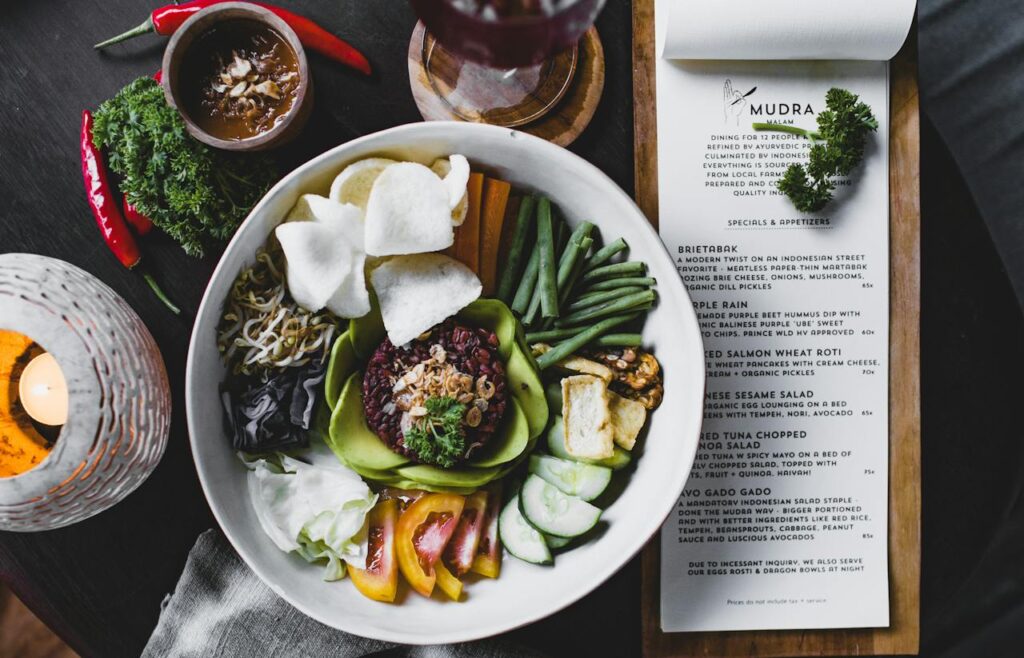
Google and Pinterest are both filled with gorgeous dog food storage containers and dog food storage ideas. They are beautiful! Unfortunately, beautiful is not always better.
This post is all about dog food storage.

Whether you feed your dog raw food, cooked food, or kibble, glass food storage containers are best.
There! I saved you from having to scroll to the bottom. But honestly, I, like you, have little time to waste yet want the very best for my dogs.
If you are wondering why glass or your heart is set on plastic, here are some things to consider.
Whether you feed raw or kibble, plastic is the most common option for storing dog food. It’s easy to find, convenient, and very affordable, but that comes with a price.
Studies have shown that plastics can leach toxic chemicals into the food they hold. Let’s look at plastics containing BPA, as an example.
Aside from its contribution to global warming and pollution, research has shown how BPA, a chemical added to food plastic “can bind to estrogen receptors and influence bodily processes, such as growth, cell repair, fetal development, energy levels, and reproduction.”
I know what you are thinking, there are plenty of BPA-free containers on the market. Well, “BPS and BPF, two common replacements used in products marketed as ‘BPA-free’, may have similar effects to their predecessor: studies out of both the University of Texas and Washington State University found that even at a dose of one part per trillion, BPS could disrupt cell functioning.”
If you are feeding kibble, listen to this. Once the food bag is opened and exposed to air, the oils and fats in the food start to oxidize and go rancid. Rancid fats destroy vitamins. This means all of the money you are spending getting the best kibble you can afford for your pup may not mean much when he/she is not getting the vitamins you think they are getting through their food leading to vitamin deficiency.
According to Pet food formulator Steve Brown:
“As soon as a food is manufactured, it begins to undergo a variety of chemical and physical changes. It’s a basic law of the universe that everything degrades over time. This includes the proteins and vitamins in dog foods, but it’s the fats I worry about the most . . . Fats are among the most chemically fragile nutrients in dog food; they are the limiting factor to the shelf life of most dog foods. Fats that have degraded – gone “rancid” – can cause all sorts of health problems for dogs.”
Now add mold to the equation.
Kibble, although dry, contains moisture. Moisture in combination with heat triggers mold growth.
Now that you have all that information, let’s talk about balance. After all, that’s what we are all about at Max and Co Pets. We never want you to feel so overwhelmed and discouraged by what you are reading that you feel like there is nothing you can do to make things better, and therefore, you do nothing. So, if you do want to use all of those cute and convenient storage containers, here are some tips to make them a little better:














